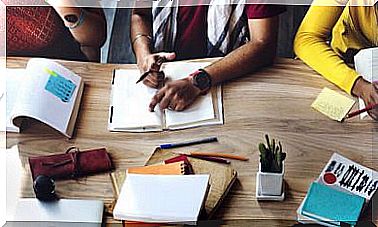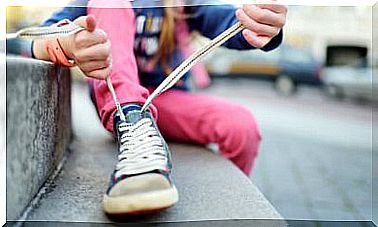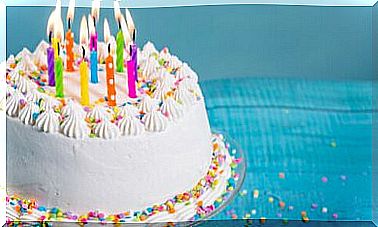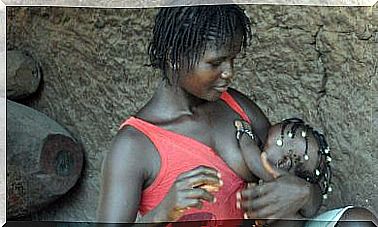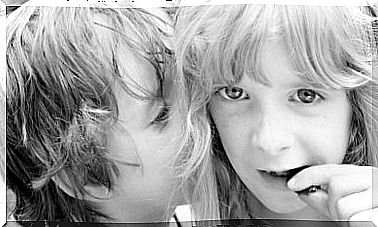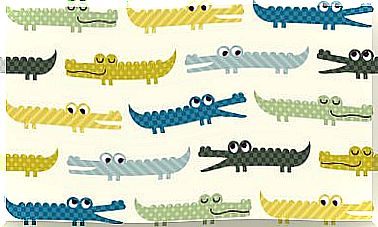The PLEMA Method To Study

Children and adolescents need to know different strategies to increase performance when studying. In order to help students in this regard, the psychologist and pedagogue Rosa Serrate has written a guide for parents and teachers entitled Help him study. The keys to school success. This wonderful book describes different study techniques, such as the PLEMA method, which we will talk about in this article.
This active method of study is divided into five phases that must be followed in order to learn the knowledge effectively and efficiently.
The PLEMA method of studying
Why is it called the PLEMA method? Very simple, PLEMA is an acrostic formed by the initials of each of the main phases that it is advisable to follow to study in depth a topic or lesson:
- P rereading: it involves certain attention and concentration strategies.
- L comprehensive ead: involves selecting and analyzing information.
- E laboration: involves organizing information to facilitate learning.
- M emorization: involves retaining and fixing knowledge in the mind.
- Self- assessment: implies having the ability to regulate one’s own learning.
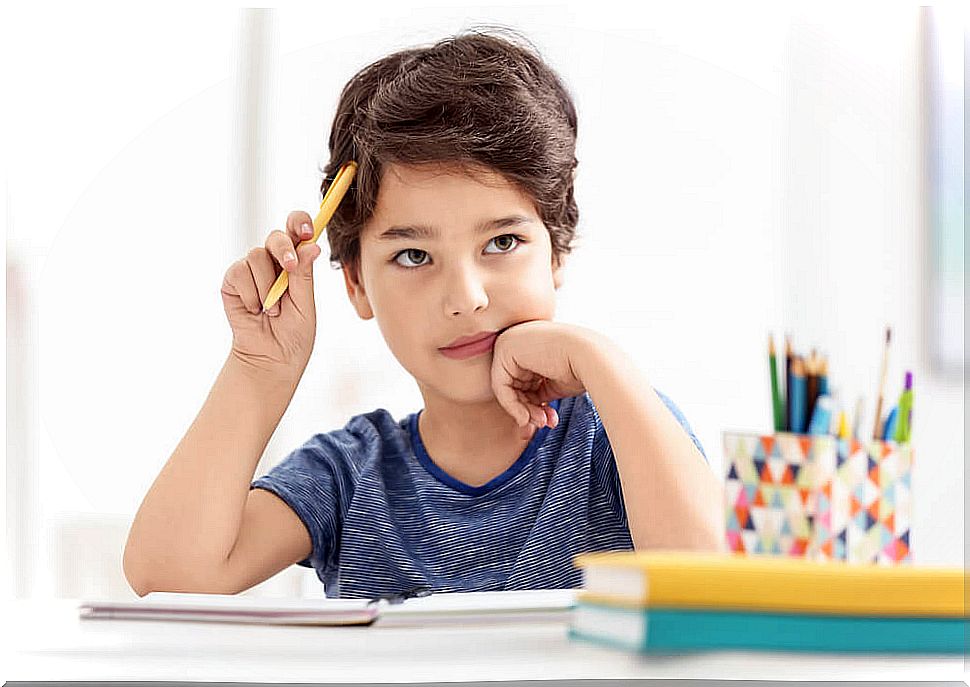
Below we explain what each of these phases or stages of the study consists of.
Pre-reading
The first thing to do when starting to study a subject is to activate prior knowledge through pre-reading. Pre-reading consists of carrying out a kind of exploratory reading, quickly and paying attention to the titles and subtitles of the subject. This is useful for:
- Have a general idea of the content to be studied.
- Pay attention to the information on the topic to be learned.
- Search for specific data or information (a date, a name, etc.).
Comprehensive reading
In this phase you have to read slowly, paragraph by paragraph, trying to understand all the information to be studied. To do this, as you read, you have to:
- Ask yourself questions related to the topic of study.
- Underline all those main and secondary ideas of the text.
Elaboration
In the preparation phase, the information must be organized or synthesized so that it is easier to assimilate and memorize. It is about modifying, in some way, the content, relating and representing the main and secondary ideas that have been previously selected. For which they can be carried out:
- Summaries .
- Schemes.
- Mind maps or concept maps.
- Boards.
- Graphics.
Memorization
The memorization phase consists of understanding the information, keeping it in mind and remembering it in the medium and long term. According to Rosa Serrate, there are four golden rules to memorize:
- Study with interest to increase performance.
- Repeat, orally or mentally, what has to be learned to settle the ideas in memory.
- Understand and understand well all the information that is intended to be retained, managing to explain the knowledge in their own words.
- Study the ideas organized in a logical way.

Self appraisal
The self-assessment is the last phase to be completed to verify that everything that has been studied is remembered. For this you have to:
- Ask yourself the questions studied, checking that you can explain this information in your own words. When the child is young, it is convenient that an adult help him in this phase, asking him the evaluation questions. But in adolescence the student must get used to doing it alone, being his own judge and managing to self-regulate his own learning.
- Check that the information collected in the diagrams, summaries or mental maps prepared is known.
- Review all the content, until you are sure that it has been properly assimilated.


